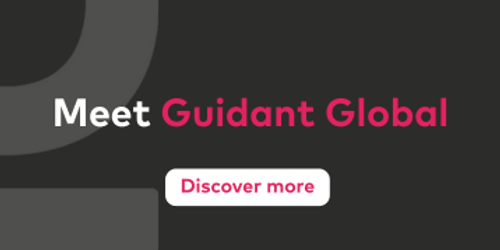
Strategic workforce planning tools: the tech changing the talent industry
Strategic workforce planning software is helping to drive the change needed to achieve a truly optimal workforce.
The most important cog in any organisational machine is its people. If business goals are to be achieved, people with the right skills need to be in place. These two statements are hardly groundbreaking. The issue? In today’s market, many businesses are struggling to attract and retain the human capital needed for consistent growth.
For HR professionals, these shortcomings are placing increasing pressure on their workload. Labour dynamics are complex, there’s a vast shortage of skilled workers out there, and it’s hard to plan for the long term when people are moving jobs more frequently than ever before.
The move towards strategic workforce planning
Inevitably, this has led to a big drive toward implementing workforce plans — strategic plans in particular. This is far from a simple progression. Strategic workforce planning often requires a skill set that is increasingly rare in today’s talent market: data analytics.
Though the situation may appear unrelenting, the rise of digital technology has handed HR professionals with digital mindsets and data analytics skills the tools they need to effectively interpret data and plan ahead to build an optimal future workforce for their organisation.
For many businesses, however, finding these high-skilled, digitally adept experts is akin to finding a needle in a haystack.
Outsourcing digital expertise
Increasingly, advanced workforce management is being outsourced to organisations with high-level MSP, RPO and SOW capabilities. Not only can these organisations afford to invest in these technologies, but they also work with workforce analytics and performance analytics platforms every day. They also have a budget to attract and hire experts who are solely devoted to unpicking complex data to deliver effective strategic plans.
In the rest of this piece, we’ll share our expertise — exploring what impact these workforce planning tools and software have, and how they contribute towards ensuring maximum workforce efficiency.
Workforce analytics platforms
The most innovative MSP and RPO providers (and occasionally large tech-focused organisations) are expanding their armoury with advanced workforce analytics technology.
Some of the most recognisable analytics platforms used in this sector of the market are IBM’s Cognos Analytics, People Insight and Talent Data Exchange (TDX). The latter, used by our team, is a secure online platform that anonymously benchmarks key criteria within a staffing programme, and directly against the market.
In an MSP, TDX facilitates the testing of new staffing strategies on a role-by-role basis, as well as at a programme-wide level by comparing against anonymous, real-time market data.
Workforce analytics platforms like TDX also create insights into how a workforce planning strategy will perform based on key metrics, aiding continual optimisation of volume, quality, type and mix of workers within the operating constraints of a business.
Though utilising workforce analytics platforms is not a simple process by any stretch, with the right expertise, workforce planning can be strategically optimised to ensure that no talent gaps exist within an organisation. In economies with full employment and technical skills gaps (like the UK, US and Australia), such an approach is becoming increasingly vital.
Performance analytics portals
A fully engaged supply chain is an integral part of any strong managed service programme. To meet this need, some MSPs are embracing supplier performance analytics portals.
Few effective off-the-shelf SaaS or cloud-based products exist, which makes it difficult for in-house teams to utilise such technologies (unless they have extensive digital capabilities to build their own, of course).
Most talent management providers are unable to offer these capabilities, too — especially those which have yet to progress from providing basic cost savings and tactical execution.
Despite the difficulties in utilising these portals, they are indispensable. Through aggregating supplier data across multiple client programmes, they give businesses and suppliers clear performance insights with regard to providing skillsets for each market. In turn, this directs both clients and suppliers to build more strategic partnerships with entities that support their delivery model — vital for effective strategic workforce planning.
Conclusion
“As a result of detailed analytics, organisations are able to move forward with purpose, supporting responsive action, improving talent pipelines, and assigning the right resource for future growth”
— Beth Przywara, VP Consulting, Analytics & Outsourcing, Guidant Global
Across every industry and every sector, the collection and utilisation of data and analytics are fundamental to optimised output.
Whether it be targeted marketing, or in this case, strategic workforce planning, developing a granular understanding of data can help drive decisive decision making. In an increasingly talent-focused market, it is these analyses that will ensure long-term business success.
To better understand the complicated world of strategic workforce planning, download our free strategic workforce planning guide.
Australia
Suite 1403, Level 14
309 Kent Street
Sydney
NSW 2000
United Kingdom
United States
27777 Franklin Road
Suite 600
Southfield
Michigan 48034



